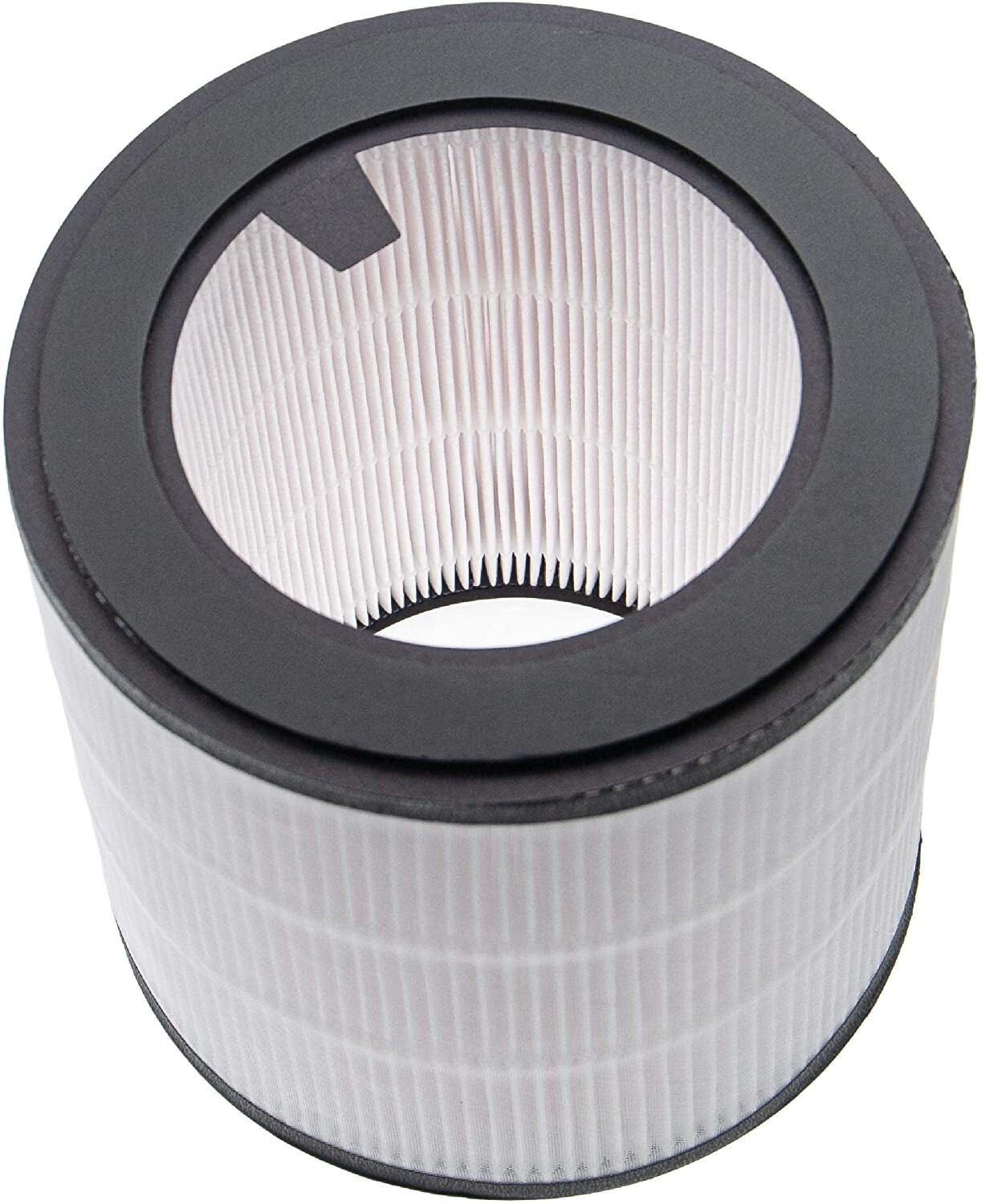Understanding the Power of HEPA Technology for Allergy Relief
Living with allergies can feel like a constant battle against invisible enemies floating through your home. Whether you're dealing with seasonal pollen, pet dander, or year-round dust mites, the air you breathe indoors plays a crucial role in managing your allergy symptoms. A HEPA air purifier filter stands as one of the most effective solutions for creating cleaner, allergen-reduced indoor environments. These sophisticated filtration systems have revolutionized the way we combat indoor air pollution and provide relief for allergy sufferers.
The science behind HEPA air purifier filter technology is both fascinating and reassuring. These high-efficiency filters can capture particles as small as 0.3 microns - that's smaller than most allergens that trigger your symptoms. This level of filtration efficiency means that common allergens like pollen, pet dander, dust mites, and even some mold spores can be effectively removed from your indoor air, potentially providing significant relief from allergy symptoms.
The Science Behind HEPA Filtration
How HEPA Filters Capture Allergens
HEPA air purifier filter systems work through a complex mechanism of particle capture. The filter material consists of densely packed fibers arranged in a maze-like pattern. As air flows through this maze, particles become trapped through various methods including interception, impaction, and diffusion. Larger particles are caught when they directly collide with filter fibers, while smaller ones are captured through a process called Brownian motion.
The efficiency of HEPA filtration is particularly impressive when you consider that it can trap 99.97% of particles that are 0.3 microns or larger. This size is specifically chosen because it represents the most penetrating particle size - particles both larger and smaller than this are actually easier to capture. This makes HEPA air purifier filter technology especially effective against common allergens, which typically range from 2.5 to 100 microns in size.
Filtration Efficiency Standards
True HEPA filters must meet strict efficiency standards set by the Department of Energy. These standards ensure that when you invest in a HEPA air purifier filter, you're getting a product that has been rigorously tested and proven effective. The certification process involves testing the filter's ability to remove particles of various sizes under different airflow conditions.
Understanding these standards helps consumers make informed decisions about their air purification needs. While there are many products on the market claiming to be "HEPA-like" or "HEPA-type," only those meeting the official standards can be labeled as true HEPA filters. This distinction is crucial for allergy sufferers who need reliable performance.

Impact on Common Allergens
Pollen and Seasonal Allergies
During peak allergy seasons, a HEPA air purifier filter becomes an invaluable tool in your arsenal against pollen. These filters are particularly effective at capturing various types of pollen, which typically range from 10 to 100 microns in size. By continuously filtering these particles from your indoor air, they can help create a sanctuary from seasonal allergies within your home.
The impact is most noticeable in bedrooms and living areas where you spend the most time. Many users report significant improvement in their morning symptoms when using a HEPA air purifier filter in their bedroom overnight. This is because the filter works continuously to remove pollen that might otherwise settle on surfaces and trigger allergies.
Pet Dander and Indoor Allergens
For pet owners struggling with allergies, a HEPA air purifier filter can be particularly beneficial. Pet dander, which consists of tiny skin flakes, is one of the most common indoor allergens. These microscopic particles can remain airborne for hours and settle deep into carpets and furniture. HEPA filtration effectively captures these particles, potentially allowing pet owners to coexist more comfortably with their furry companions.
Beyond pet dander, these filters also tackle other common indoor allergens such as dust mites and their waste products. This comprehensive approach to indoor air quality can lead to a significant reduction in allergy symptoms for many sufferers.
Maximizing Allergy Relief Benefits
Optimal Placement and Usage
To get the most benefit from your HEPA air purifier filter, proper placement is crucial. The unit should be positioned in rooms where you spend the most time, with special attention to bedrooms and living areas. Ensure there's adequate airflow around the unit and avoid placing it in corners or behind furniture where air circulation might be restricted.
Running your air purifier consistently is key to maintaining clean air. Many experts recommend operating the unit 24/7, especially during high allergy seasons. While this may seem excessive, modern HEPA air purifier filter systems are designed for continuous operation and often have energy-efficient settings for long-term use.
Maintenance and Filter Replacement
Regular maintenance is essential for maintaining the effectiveness of your HEPA air purifier filter. This includes following the manufacturer's recommendations for filter replacement schedules and cleaning any pre-filters or washable components. A well-maintained unit will continue to provide optimal filtration and allergy relief.
Keep track of when you install new filters and set reminders for regular maintenance checks. Some modern units come with filter life indicators, but it's still good practice to visually inspect your filters periodically. A dirty or clogged filter not only reduces efficiency but can also strain the unit's motor.
Frequently Asked Questions
How long does it take to notice improvements in allergy symptoms?
Many users report noticeable improvements in their allergy symptoms within the first few days of using a HEPA air purifier filter. However, the timeline can vary depending on factors such as the severity of your allergies, the size of your space, and how consistently you use the purifier. For best results, give the system at least 2-3 weeks of continuous use to evaluate its full impact on your symptoms.
Can a HEPA filter remove all allergens from my home?
While HEPA air purifier filters are highly effective, they cannot remove 100% of allergens from your home. They work by filtering the air that passes through them, but allergens can still enter through open windows, doors, or on clothing. However, when used as part of a comprehensive allergy management strategy, they can significantly reduce the overall allergen load in your indoor environment.
How often should I replace my HEPA filter?
The replacement schedule for a HEPA air purifier filter typically ranges from 6 to 12 months, depending on usage and environmental factors. Homes with pets, heavy pollution, or high pollen counts may require more frequent replacements. Always follow your manufacturer's recommendations and monitor filter condition to ensure optimal performance.

